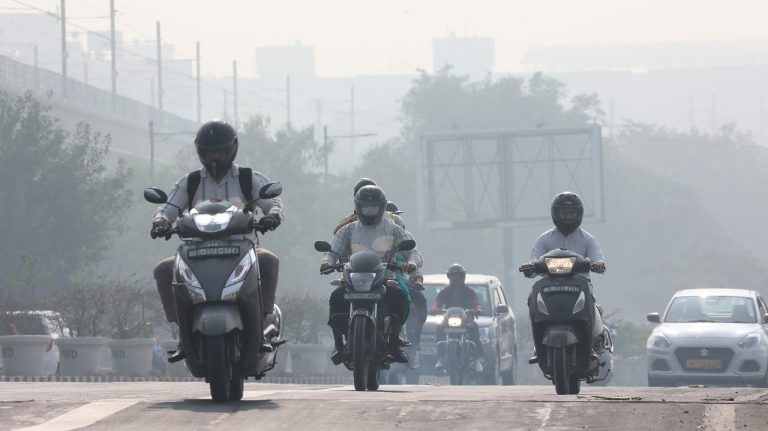Northern parts of India have been battling heavy fog for weeks. In the capital of the country – New Delhi, the level of pollution is several times higher than the permissible limits. Given the scale of the problem, the scenario of creating artificial rain to improve air quality is considered.
Smog is a problem that residents of northern India and eastern Pakistan struggle with every year in the fall and winter. Cold air picks up dust and pollutants from cars and burning waste. The situation has worsened in recent days due to the celebration of the national holiday of Diwali, in which fireworks were used.
All this meant that air quality worsened to record levels in some areas on Tuesday. In the capital of the country – New Delhi – the level of pollution according to AQI (Air Quality Index) exceeds 400 in 30 percent of measuring stations. This is more than eight times the value that defines good air quality.
“The next 10 days will be important”
Due to the smoke, Indian doctors are also reporting an increase in the number of patients reporting respiratory problems.
– More people have problems with exacerbation of asthma or bronchitis related to air pollution. The increase is around 20-30 percent, says pulmonologist Prashant Saxena of the Fortis hospital chain.
The country is considering the scenario of artificial rain to improve air quality. Delhi Environment Minister Gopal Rai addressed this.
– The next 10 days will be decisive – adds Rai.
High concentration of smoke in the air in IndiaPAP/EPA/HARISH TYAGI
How to artificially rain
One of the most popular methods is called seeding. It involves sputtering of substances that act as condensation nuclei or crystallization nuclei. In this way, changes occur in the microphysical processes inside the cloud. The most commonly used chemical compounds for rain or snow are silver iodide or dry ice.
The technology has been used since the 1950s. Thanks to precipitation, pollutants are washed out of the air and this improves its quality. In December 2023, Pakistan decided to take such a step, and earlier such steps were also taken by the US and China.
Dispute
The cloud seeding method causes controversy and controversy among scientists. Opponents point out that frequent use of the technology could contribute to drier weather conditions, making the fog more persistent.
Experts also stress that the solution has a temporary effect and diverts people's attention from the real causes of the problem, which include large emissions of harmful chemical compounds.
Main photo source: PAP/EPA/HARISH TYAGI

